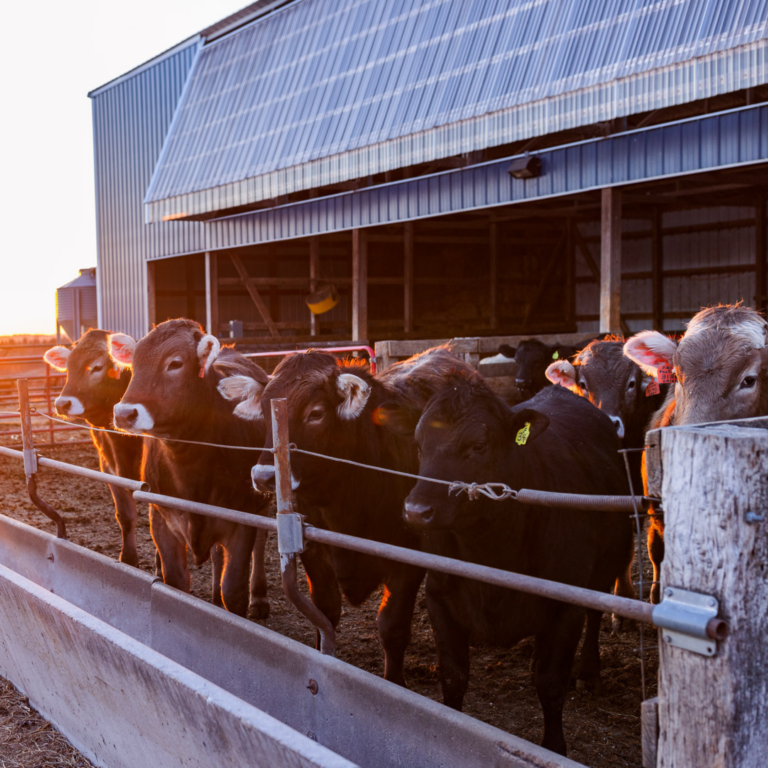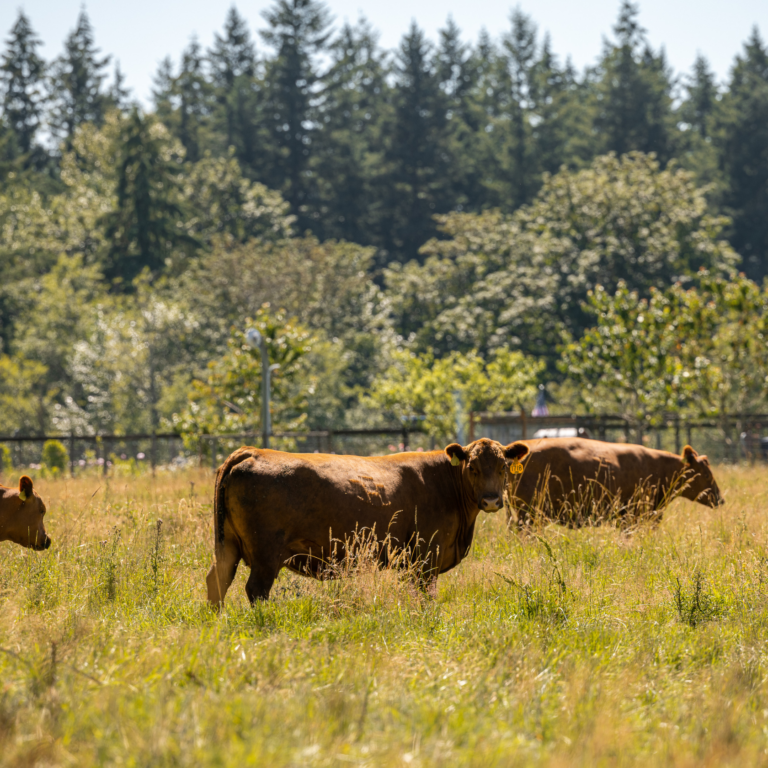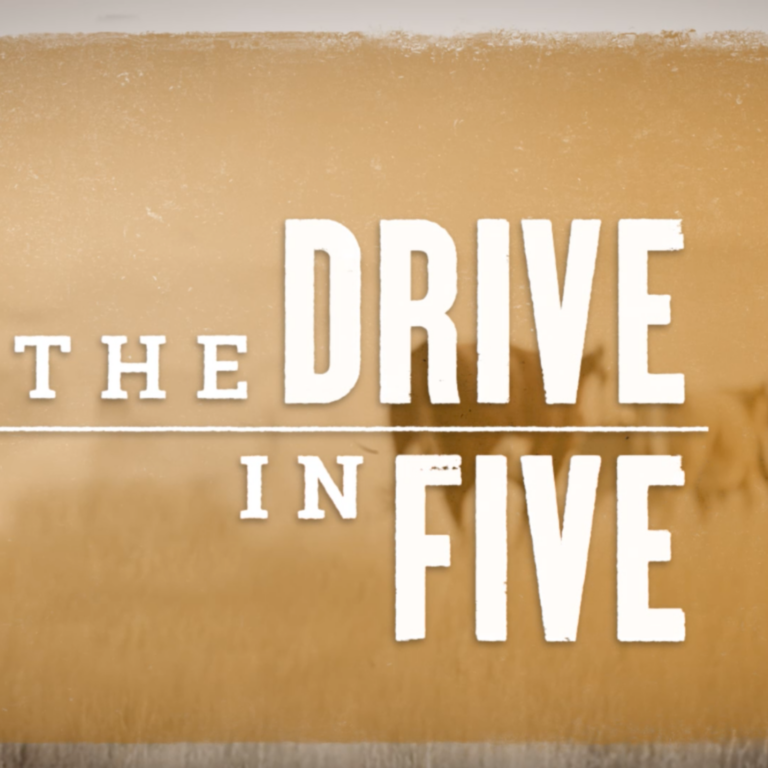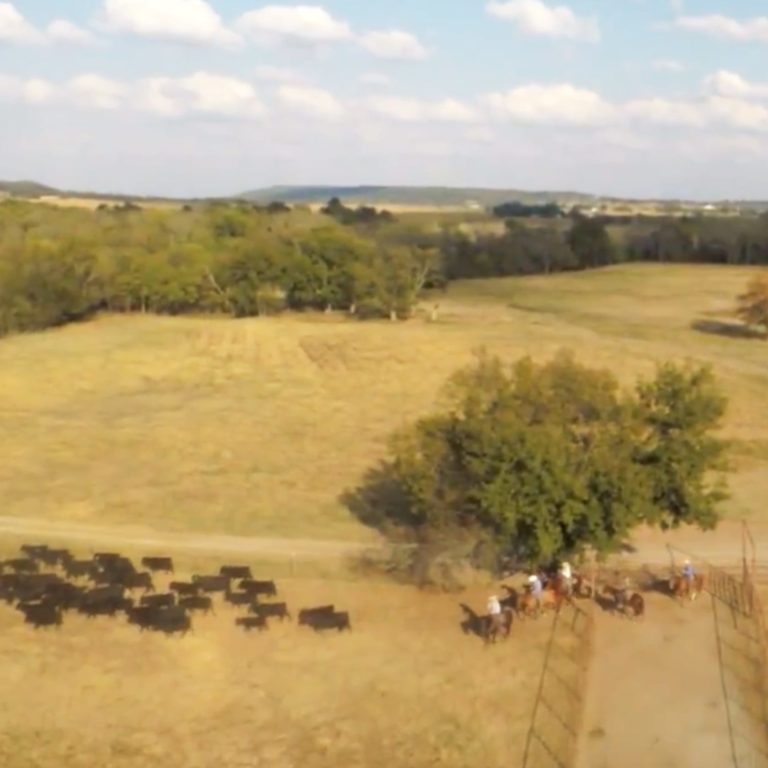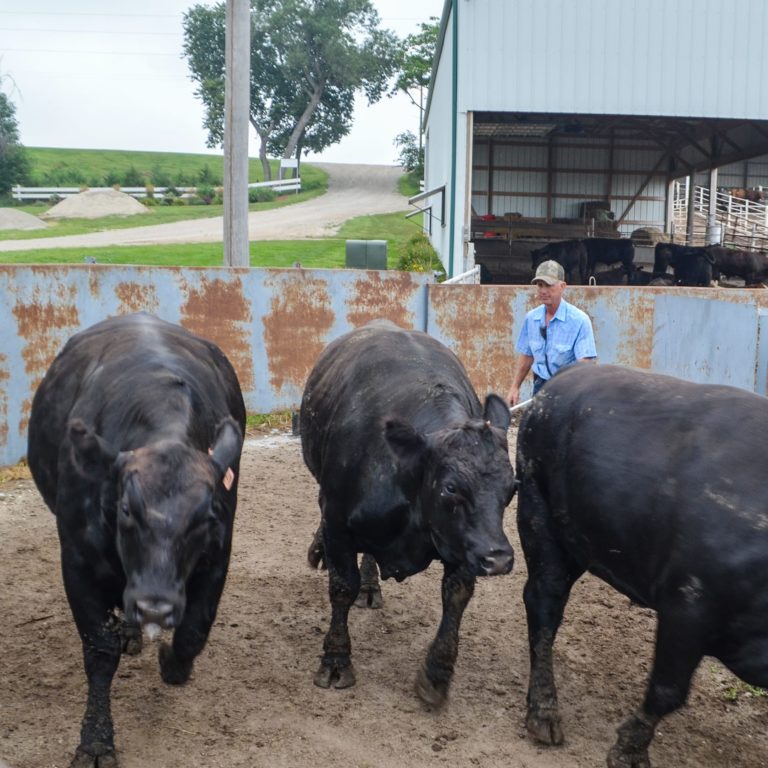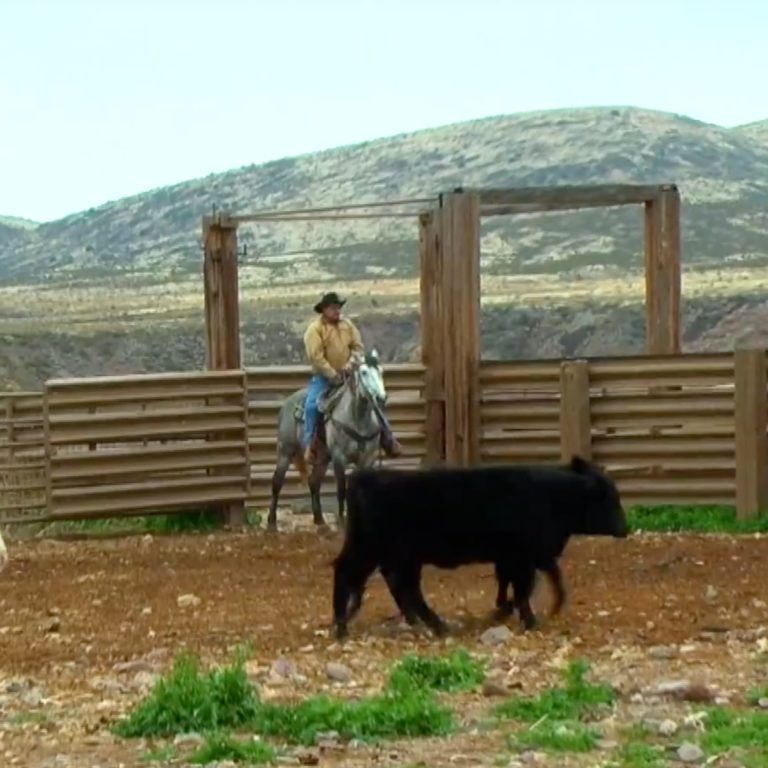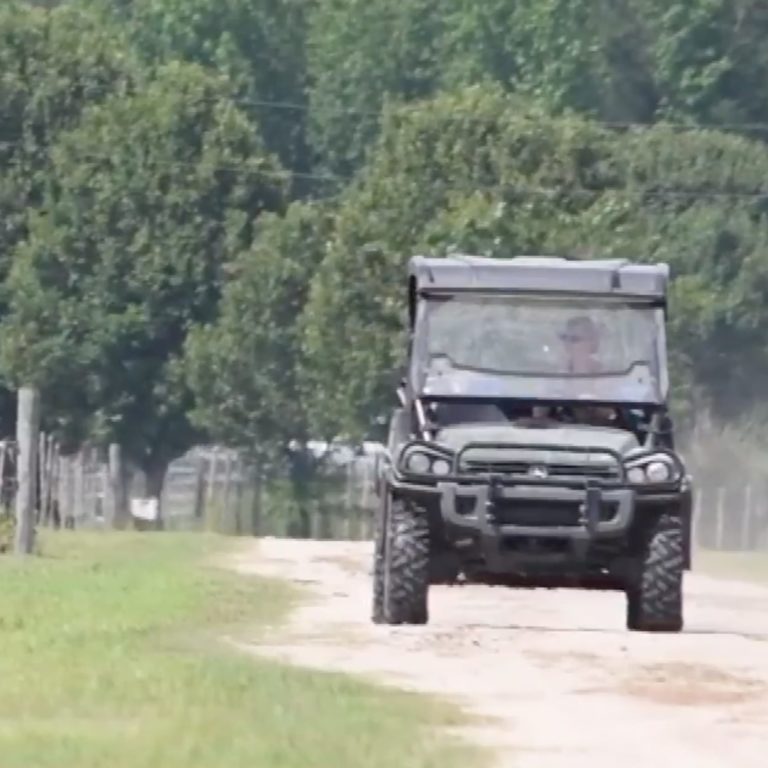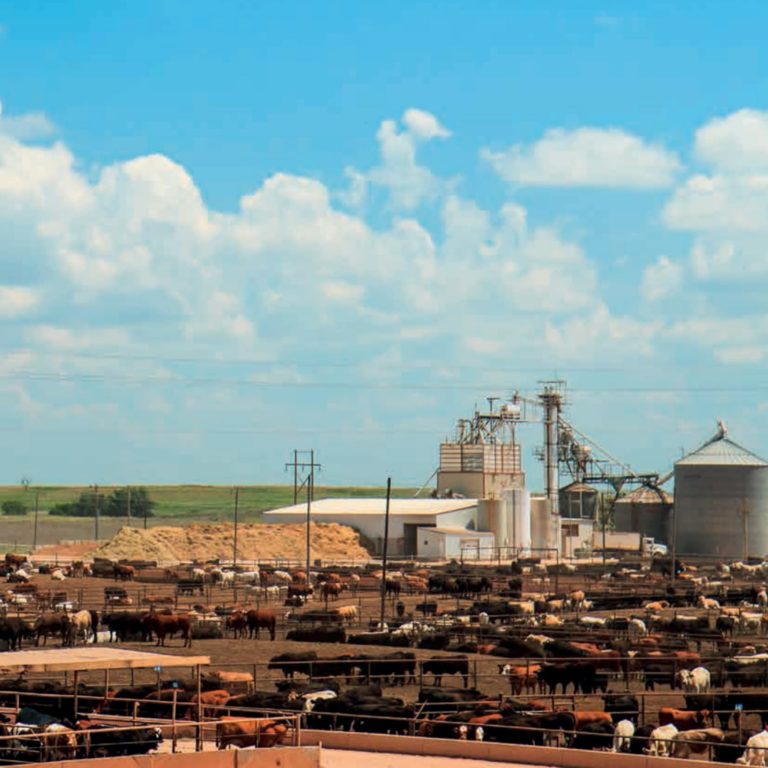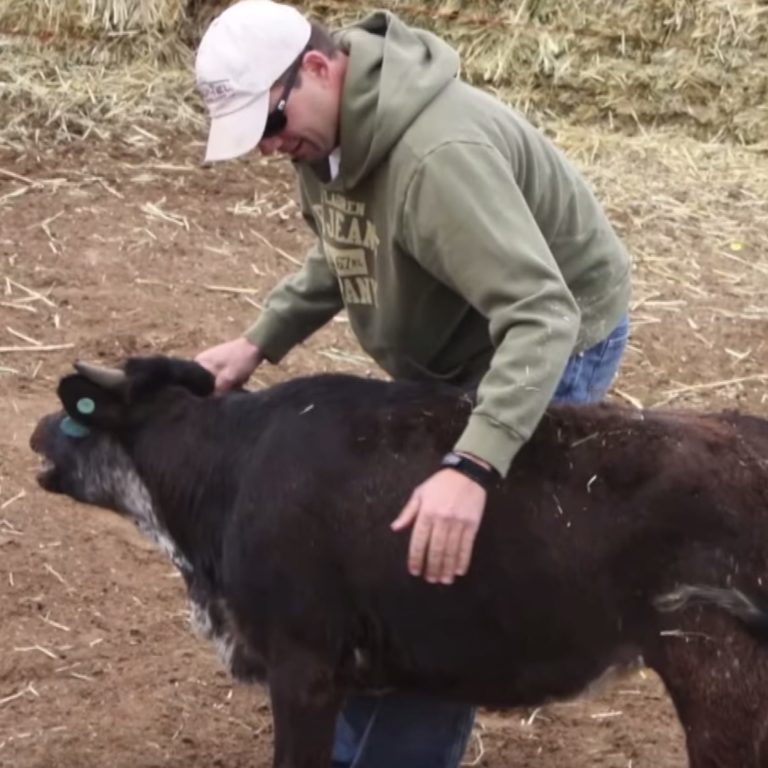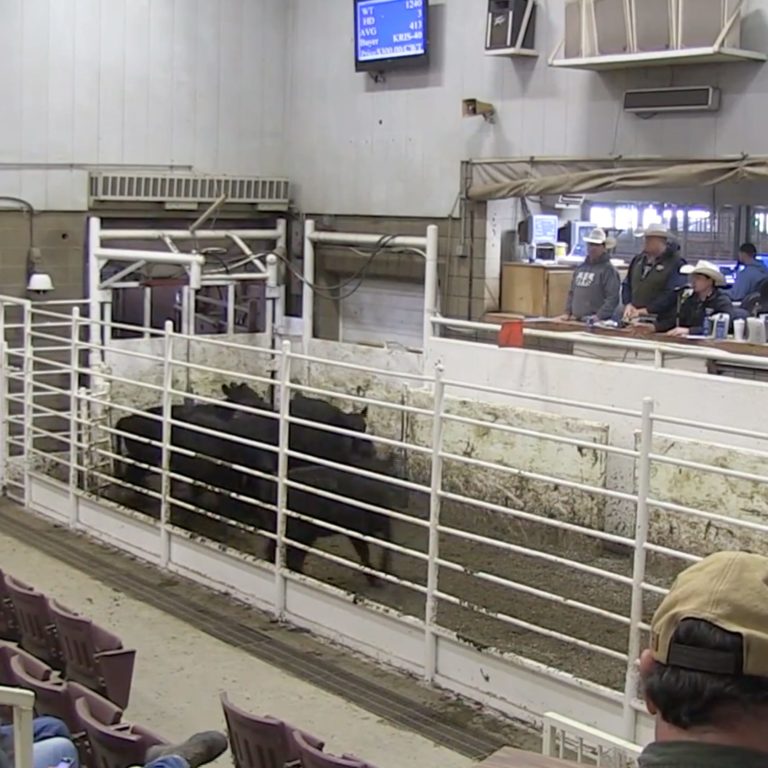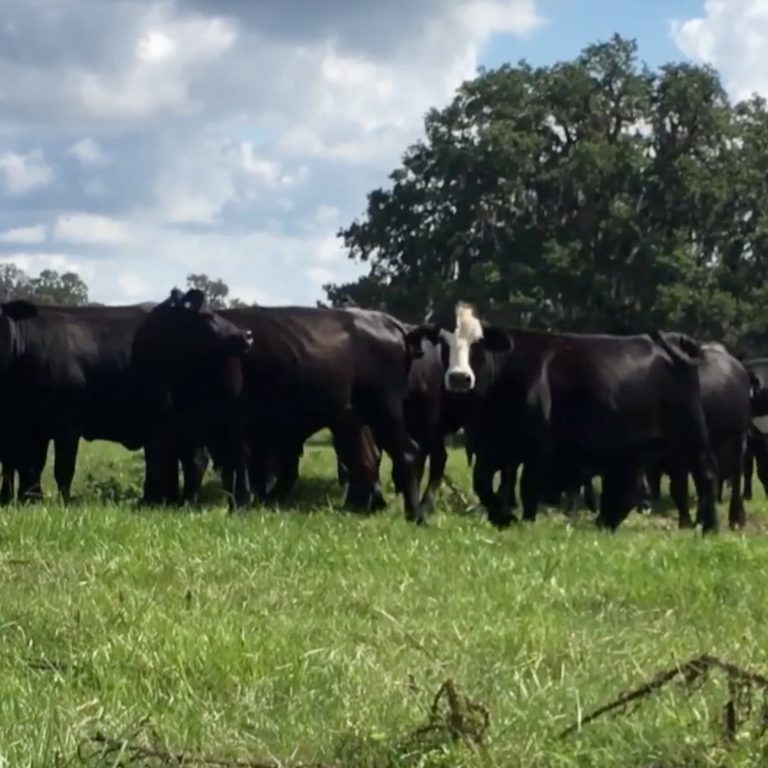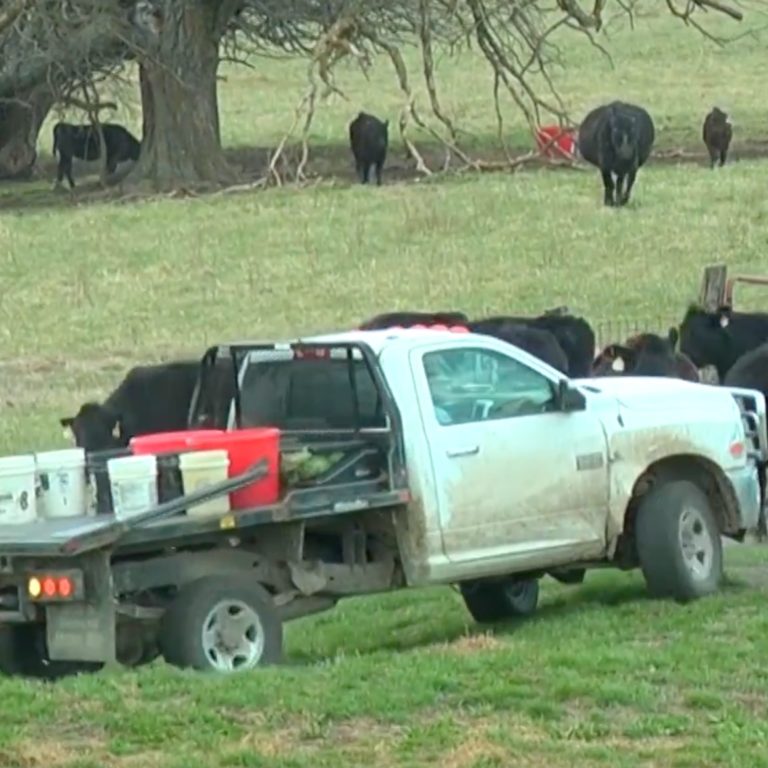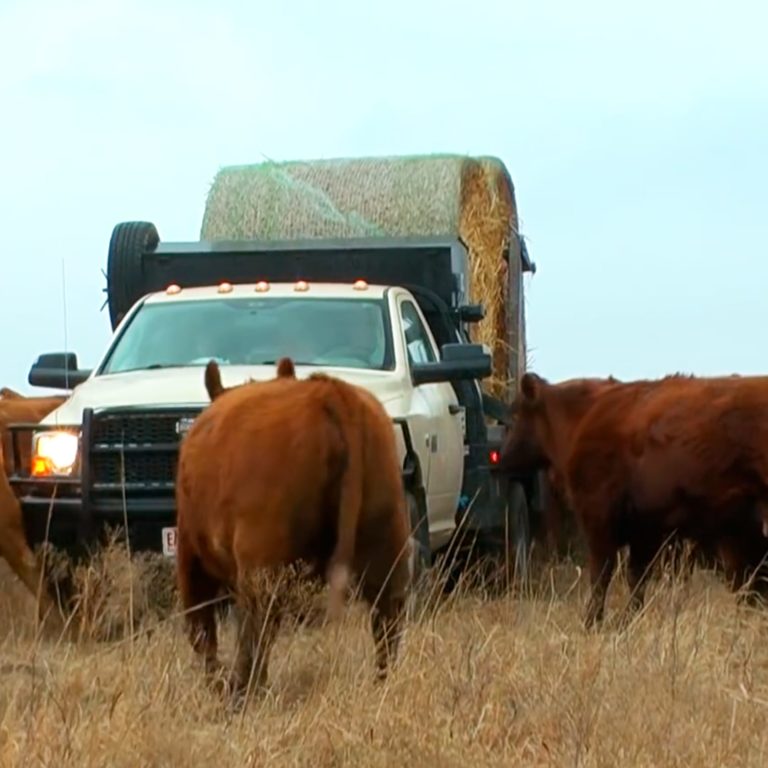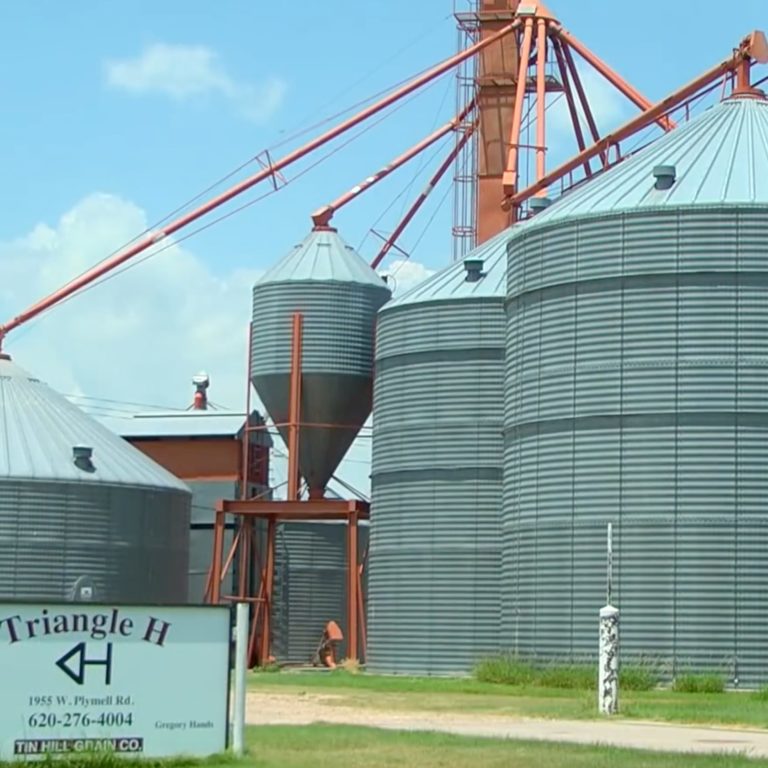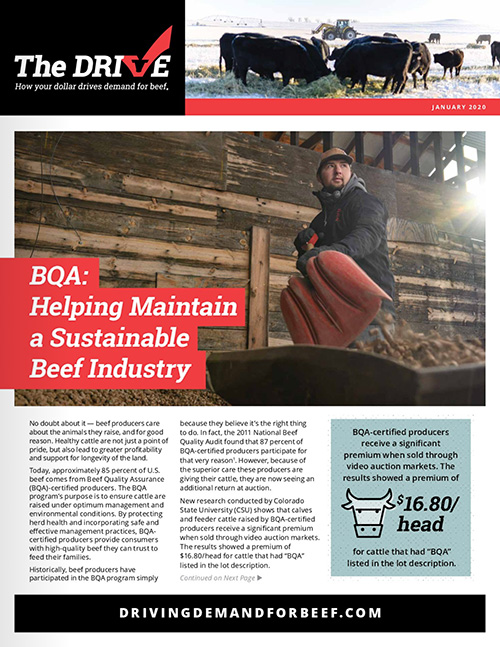Beef Checkoff Funds Beef Safety Research to Tackle Pathogen Risks
While beef safety is still of utmost importance to industry stakeholders, research shows that it’s less relevant to today’s consumers. Consumers feel this way because they are confident about the safety of the beef products they buy at the store and cook at home, and this confidence can be attributed in part to Checkoff-funded beef safety research.
Ninety percent of consumers feel the beef they eat from the grocery store is safe, and of the top cooking concerns at home, foodborne illness concerns only 23 percent of consumers 1. Today, consumers’ main considerations when purchasing proteins are taste, cost, and whether it’s a good value for the investment and nutrition 2.
While consumers expect beef to be safe, the Beef Checkoff must foster and maintain that consumer confidence by continuing proactive beef safety research. With reliable food safety standards, beef is preserved as a preferred protein.
Here’s how the Beef Checkoff works to enhance beef safety measures.
Driving Progress
The Beef Checkoff has been at the forefront of developing solutions. During the 2000s, several ongoing Checkoff-funded studies evaluated interventions intended to reduce microbial contamination both on and inside animals. The Beef Checkoff’s research identified specific areas where carcass contamination was most likely to occur, making it possible to better target contamination prevention efforts. Thanks to Beef Checkoff dollars, scientists were able to evaluate the occurrence and prevention of pathogens throughout the processing chain. Processing facilities across the country implemented these safety interventions on a large scale, and they’re still utilized in processing beef and other proteins today. This Checkoff-funded research played a critical role in informing improvements in protein safety across the supply chain.
In 2007, the Center for Disease Control (CDC) set a goal to reduce infections from foodborne E. coli O157:H7 by 50 percent by 2010. The CDC met this “Healthy People” goal a year early in 2009, a feat that would have been much less likely to happen without the research and efforts conducted by the Beef Checkoff and the beef industry. The prevalence of Salmonella has also decreased with the occurrence in raw ground beef at a mere 2.2 percent 3.
Today, the momentum to develop solutions for both pathogenic Salmonella and E. coli. has continued with the Foundation for Meat and Poultry Research and Education (FMPRE) and the National Cattlemen’s Beef Association (NCBA), contractors to the Beef Checkoff. These contractors work together to identify and solve improvement areas in the beef safety profile through science-based research in pre- and post-harvest cattle.
This research prioritizes:
- Identifying the combination of virulence factors that cause human illness in pathogenic Salmonella and E. coli.
- Identifying pre-harvest challenges to beef safety.
- Evaluating how Salmonella exists and moves throughout the supply chain, including regional, seasonal and production practice differences on the prevalence, level and serotype on products, including lymph nodes.
- Evaluating the efficacy of interventions during the grinding process to maximize reduction of microbial contamination in ground beef.
Why is This Research Necessary?
Beef safety research goes far beyond growing consumer trust and driving demand for beef. The threat posed by pathogens is not static; instead, it is constantly evolving, and antimicrobial interventions and other process controls must be continuously upgraded to address these emerging threats.
Beef Checkoff research can help save people the costs of contracting one of these pathogens, from medical expenses to lost productivity.
Pathogen contamination presents the beef industry with another potential cost — the reduced value of products that test positive. When a raw material or finished product tests positive for a pathogen, it cannot enter commerce unless it is thermally processed. If the product has already entered commerce, it is subject to an expensive and reputation-damaging recall.
The total costs of safety interventions and processes, medical and missed opportunity claims, recalls and reduced value of contaminated products cannot always be passed on to consumers. Most often, these costs are borne by the industry and eventually passed on to beef producers through reduced live cattle values. Accordingly, beef producers have a direct economic incentive to invest in beef safety research to reduce further pathogenic contamination levels in raw materials and finished products to increase the value of their cattle and their return on investment.
Checkoff-funded beef safety research is essential to ensuring public health and the health of the beef industry.
Research Dissemination
NCBA and FMPRE work to ensure stakeholders understand the industry’s commitment to improving beef safety and that partners implement the updated process controls. Checkoff-funded resources like web content, peer reviews, fact sheets, videos and more share research results and answer tough questions about the safety of beef today and can be found on BeefResearch.org.
Additionally, beef safety research is showcased at the Beef Industry Safety Summit, an annual keystone event. For 21 years, industry safety leaders and scientists have come together to hear the latest research results, learn about advancements in food safety monitoring and testing methodology, and openly converse with competitors seeking solutions that will benefit the entire industry. The summit continues to be a hallmark event for the industry to gather in a non-competitive forum and address beef safety challenges for the benefit of consumers everywhere. This event attracts hundreds of leaders and top decision-makers in the beef safety business.
Continued Innovation
The Beef Checkoff’s Beef Safety Research Program will continue working towards ensuring consumer confidence in the beef products they choose to buy. With the support of the robust and comprehensive Checkoff-funded research program, the beef industry provides consumers worldwide with consistently safe beef products.
To learn more about the Beef Checkoff’s beef safety research program, visit our contractor’s websites at:
H5N1 VIRUS UPDATE:
On March 25, 2024, there were reports of a multi-state outbreak of Highly Pathogenic Avian Influenza (H5N1) bird flu in dairy cattle, the first time bird flu viruses had been found in bovine animals. One human that had been exposed to dairy cattle in Texas presumed to be infected with the HPAI A(H5N1) viruses also tested positive. The A(H5N1) virus has since been detected in 34 herds of cattle across nine states, including Idaho, New Mexico, Texas, South Dakota, Kansas, Michigan, Ohio, North Carolina, and most recently, Colorado.
On Monday, May 6, the U.S. Department of Agriculture (USDA) announced it had collected 30 samples of ground beef sold at grocery stores for testing in states where outbreaks of H5N1 in dairy cows had occurred. On May 8, they announced all the samples tested were negative for the H5N1 bird flu virus. They remain confident that the meat supply is safe and does not pose a risk to humans.
- 2020 National Cattlemen’s Beef Association Consumer Beef Tracker Data.
- 2023 National Cattlemen’s Beef Association Consumer Beef Tracker Data.
- Sampling Results for FSIS Regulated Products. https://www.fsis.usda.gov/sites/default/files/media_file/2021-10/Sampling_Project_Results_Data.xlsx
The Beef Checkoff program was established as part of the 1985 Farm Bill. The checkoff assesses $1 per head on the sale of live domestic and imported cattle, in addition to a comparable assessment on imported beef and beef products. States may retain up to 50 cents on the dollar and forward the other 50 cents per head to the Cattlemen’s Beef Promotion and Research Board, which administers the national checkoff program, subject to USDA approval.









